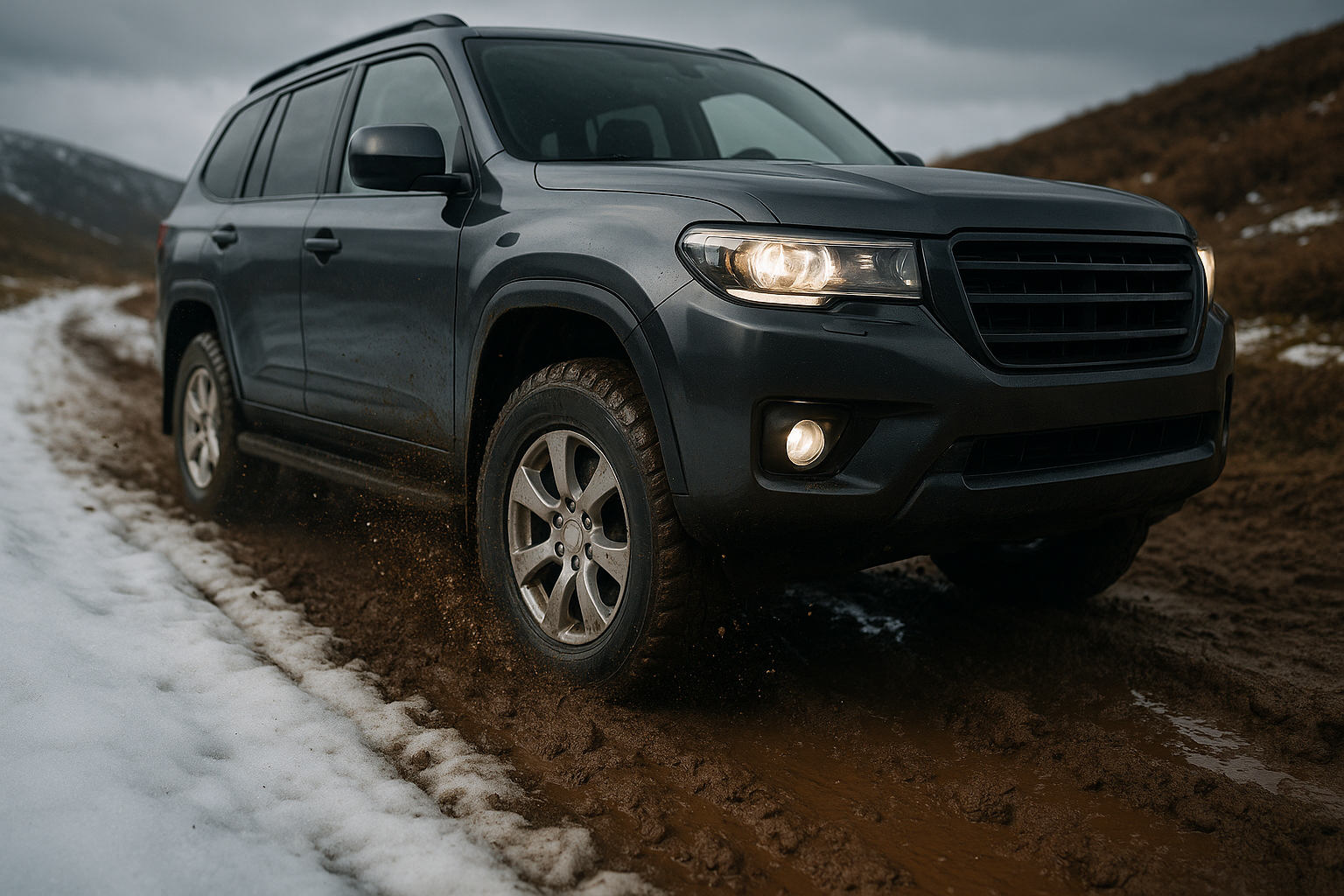Optimizing cargo setups for extended cold-weather expeditions
Preparing a cargo setup for long cold-weather trips requires deliberate choices in how you pack, secure, and protect supplies. Focus on distribution, accessibility, and environmental protection to keep gear functional and reduce risks during multi-day winter travel.

Long cold-weather expeditions demand cargo setups that preserve equipment function, maintain vehicle balance, and provide quick access to essentials. Efficient packing reduces time exposed to cold, keeps batteries and fuel stable, and prevents load shifts that affect handling. This article outlines practical adjustments to traction, suspension, runners, fuel storage, battery care, packing strategies, navigation planning, emergency preparation, and routine maintenance so your vehicle and gear perform reliably throughout extended winter travel.
winter traction considerations
Adjusting cargo for winter conditions starts with how weight affects traction. Heavier loads over drive tracks can improve traction on packed snow but may reduce maneuverability on soft snow. Distribute weight low and centered to maintain contact between runners and the snow surface while avoiding excessive rearward or forward bias that can cause skidding or nose-dives. Use traction aids such as studded tracks or supplemental studs for icy routes, and regularly inspect contact points for packed ice that can reduce grip.
suspension and runners setup
Suspension settings and runner condition interact directly with cargo mass. Calibrate preload and damping to accommodate expected cargo weight so the chassis remains within recommended travel and damping ranges. Overly soft suspension can lead to bottoming and loss of control; overly stiff settings reduce comfort and traction on variable terrain. Maintain sharp runner edges and correct runner alignment to ensure predictable steering response when loaded. Carry spare runner bolts and a basic file kit to address minor edge damage in the field.
fuel management and battery care
Long expeditions require planning for consistent fuel delivery and battery reliability in cold temperatures. Use insulated or foam-lined fuel containers to reduce fuel gelling and condensation risks; keep spare fuel accessible but secured to prevent sloshing that affects stability. For batteries, maintain charge with insulated battery boxes and consider a trickle charger or portable jump system designed for cold use. Test systems before departure and store batteries in warm spots when possible to preserve cold-cranking performance.
packing cargo efficiently
Packing strategy reduces exposure, preserves gear, and keeps loads stable. Group items by frequency of use: route essentials (navigation, emergency kit, gloves) in top or easily reachable compartments; bulk supplies (fuel, food, shelter) lower and central. Use waterproof dry bags and sealed containers to protect against melting snow and moisture. Compress soft items to minimize movement and use tie-down points with shock-absorbing straps to prevent sudden load shifts. Label bags for quick identification in low-light conditions.
navigation and emergency planning
Include navigation tools and an emergency kit accessible without unpacking the whole sled. Redundant navigation—map and compass alongside GPS—helps when electronics fail due to cold or battery loss. Your emergency kit should contain insulation layers, a compact shelter, signaling devices, and a repair kit for common cargo failures. Store emergency items in a consistent, external location so they are reachable even if the main cargo area is obstructed by snow or flipped gear.
maintenance and safety checks
Routine maintenance is vital during extended trips. Perform daily inspections of fasteners, tie-downs, and fuel lines to spot loosened components before they become hazards. Check battery terminals, fluid levels (where applicable), and track tension at regular intervals. Keep tools and spare parts—belts, starter components, and basic electrical spares—in the cargo plan, organized and protected from freezing. Safety gear such as a first-aid kit, avalanche safety equipment where relevant, and personal locator beacons should be included and maintained in ready condition.
Conclusion Optimizing cargo setups for extended cold-weather expeditions is about balancing protection, accessibility, and vehicle dynamics. Thoughtful weight distribution, appropriate suspension tuning, careful fuel and battery practices, organized packing, reliable navigation and emergency access, and ongoing maintenance all contribute to safer, more efficient travel in winter conditions. Implementing these measures helps preserve gear, maintain operational readiness, and reduce the risks associated with prolonged exposure to cold environments.





